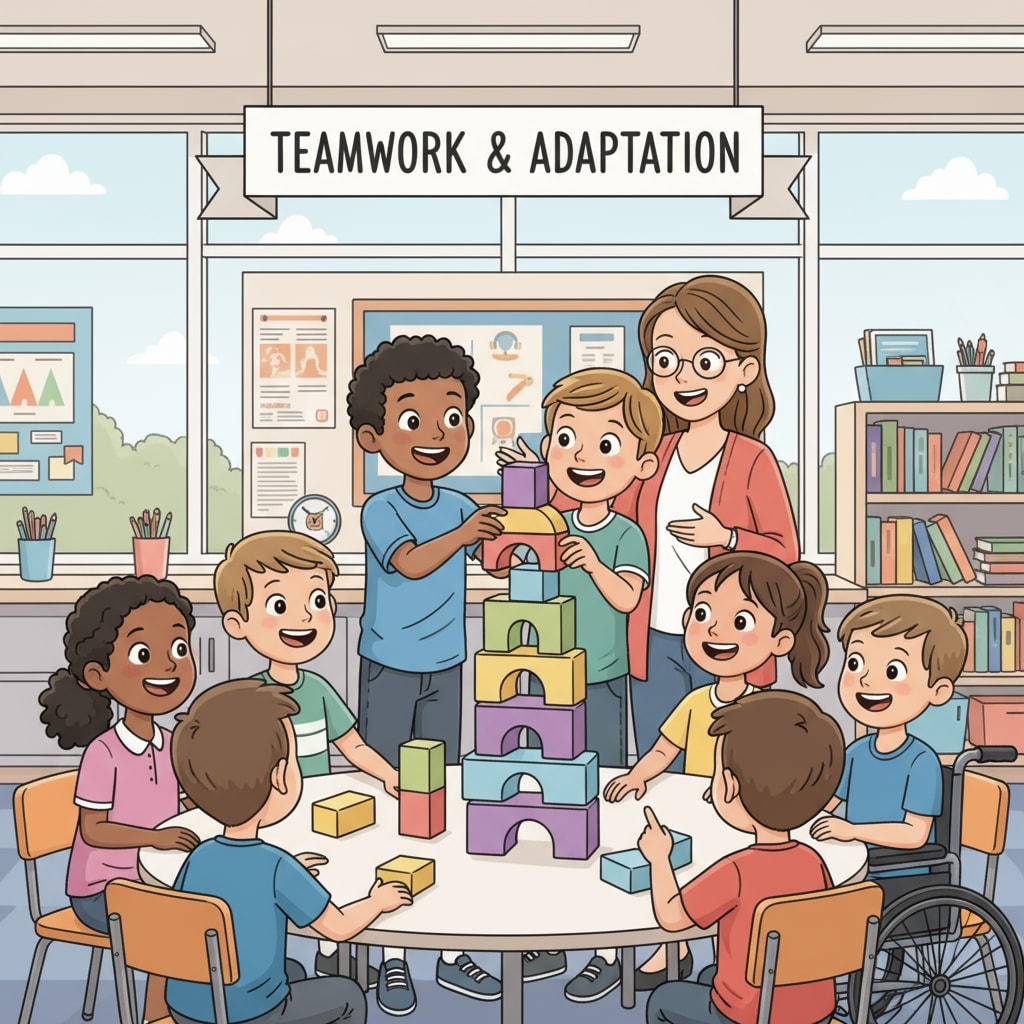Student transition, educational research, and adaptation strategies play a crucial role in ensuring that K12 students can smoothly integrate into new school or grade environments. When students move to a new school or progress to a higher grade, they often encounter various challenges. This article aims to explore these challenges and propose effective strategies to help them adapt.
Understanding the Challenges of Student Transition
One of the primary difficulties students face during transition is social adjustment. Moving to a new school means leaving behind old friends and familiar faces. For example, a student who transfers to a new middle school may struggle to make new friends initially. This can lead to feelings of isolation and homesickness. In addition, academically, different schools or grades may have varying teaching methods and curriculum requirements. A student might find the workload in a new grade much heavier than before, causing stress and anxiety.

Educational Research Insights
Educational research has provided valuable insights into student transition. Studies have shown that early intervention and support can significantly improve a student’s ability to adapt. For instance, research on ERIC’s educational database reveals that schools with well-planned transition programs experience fewer behavioral issues among new students. Teachers and parents need to be aware of these findings and implement appropriate strategies.
Adaptation Strategies for Students
- Before starting at a new school, students can research the school’s clubs, activities, and events. This way, they can identify areas of interest and have something to look forward to.
- On the first day, it’s important to be proactive. Smile, introduce yourself to classmates, and ask questions. This helps break the ice.
- Establish a routine early. Having a set schedule for study, meals, and sleep can bring a sense of stability.

Support from Teachers
Teachers are key in the student transition process. They can create a warm and inclusive classroom environment. For example, teachers can organize icebreaker activities on the first day of school. Moreover, they should provide clear instructions about the curriculum and academic expectations. Regular one-on-one check-ins with new students can also help address any concerns they may have. According to the National Education Association, teachers who take these steps see better academic performance and social integration among new students.
Role of Parents
Parents also have a significant role to play. At home, they should maintain a positive attitude and encourage their children. Listen to their concerns and offer practical advice. For instance, if a child is worried about making friends, parents can suggest ways to initiate conversations. Additionally, parents can stay in touch with teachers to monitor their child’s progress.
Readability guidance: By understanding the challenges, leveraging educational research, and implementing effective adaptation strategies, students, teachers, and parents can work together to ensure a smooth transition for K12 students. This collaborative effort will not only help students adapt to new environments but also contribute to their overall growth and development.


